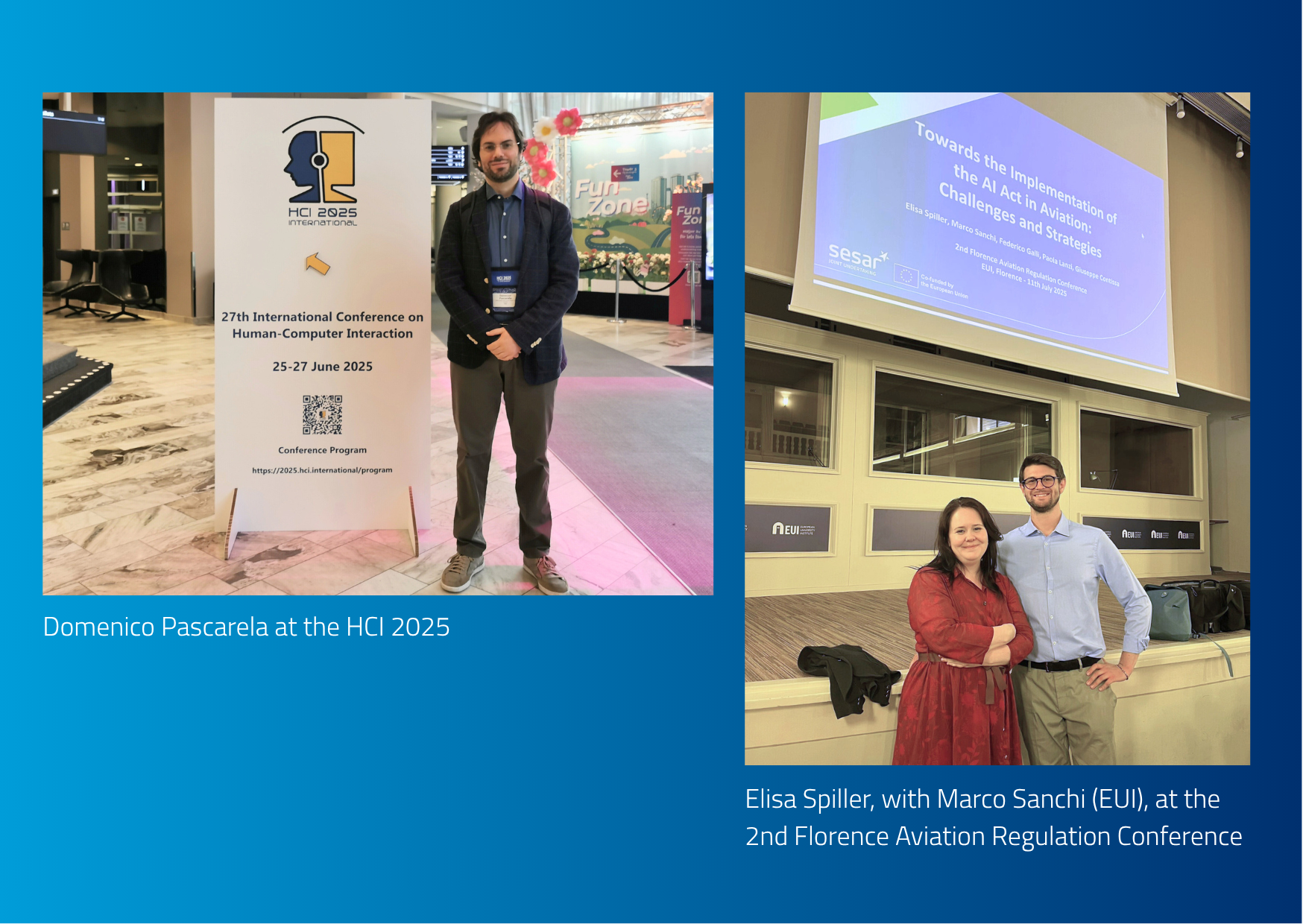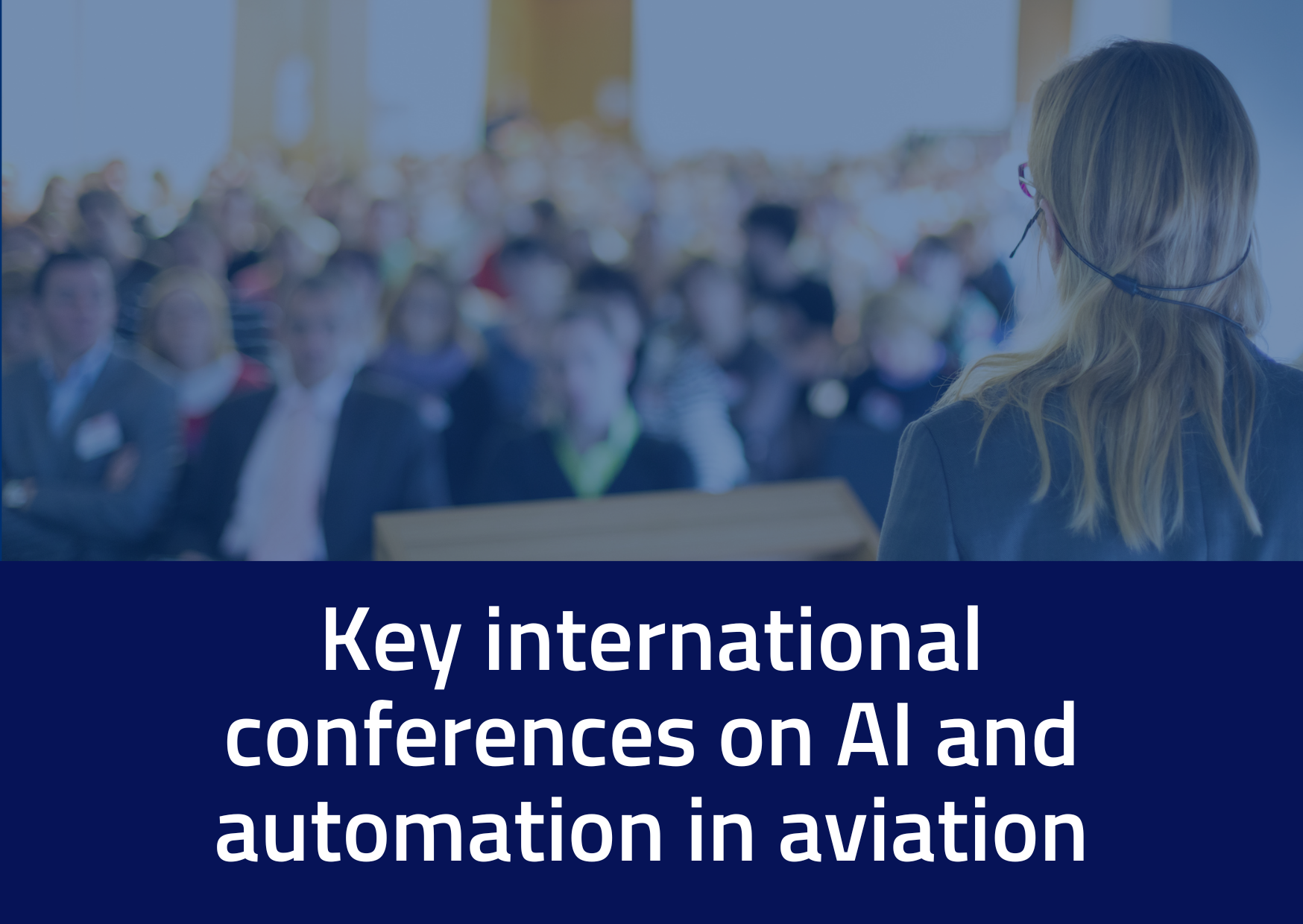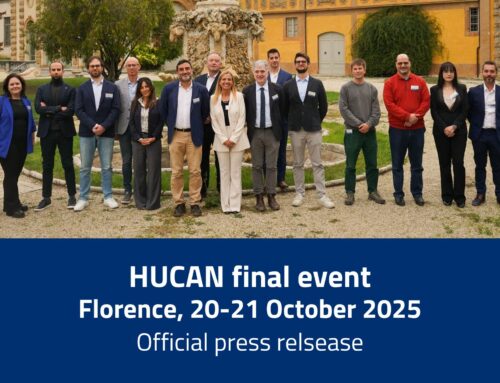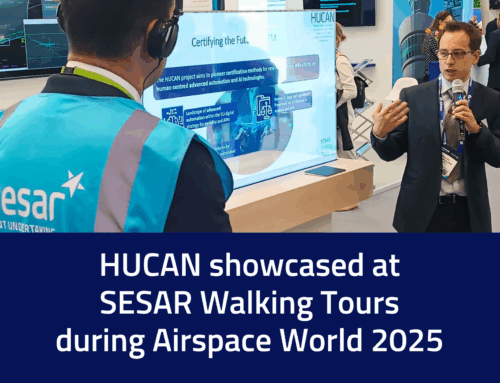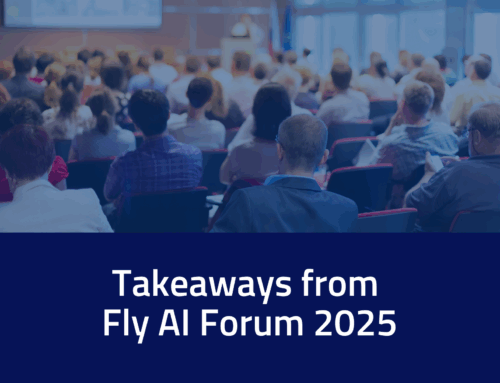HUCAN recently shared key insights from its research on AI in aviation and automation certification at two major international conferences, reinforcing its role in shaping future regulatory frameworks for a human-centric ATM system.
On 25 June 2025, Domenico Pascarella [CIRA] presented the paper “Gaps and Challenges in Automation Assessment to Support Human-Centric Aviation Certification” at the Human-Computer Interaction International Conference (HCII 2025).
The paper builds on HUCAN’s research exploring the link between automation levels and future certification requirements in ATM systems. Using a set of case studies – including technologies such as AI-based digital assistants – the work examines how automation can be assessed and classified. The goal is to support a consistent application of the EASA AI levels in aviation research and innovation projects.
Earlier, on 11 June 2025, Elisa Spiller [Deep Blue] participated in the 2nd Florence Aviation Regulation Conference, presenting the paper “Towards the Implementation of the AI Act in Aviation: Challenges and Strategies.” The study focuses on the intersection between the EU AI Act and the current aviation regulatory framework, highlighting how the AI Act can inform and support the development of sector-specific rules. It also addresses the need for future alignment between the AI Act and aviation regulations, as outlined in Article 2(2) of the Regulation.
Both contributions align with the objectives of the EASA AI Roadmap, supporting a coherent and forward-looking approach to AI regulation in aviation, as capabilities continue to evolve.
These international engagements underscore HUCAN’s commitment to advancing knowledge and supporting the safe and effective integration of AI and automation in aviation.